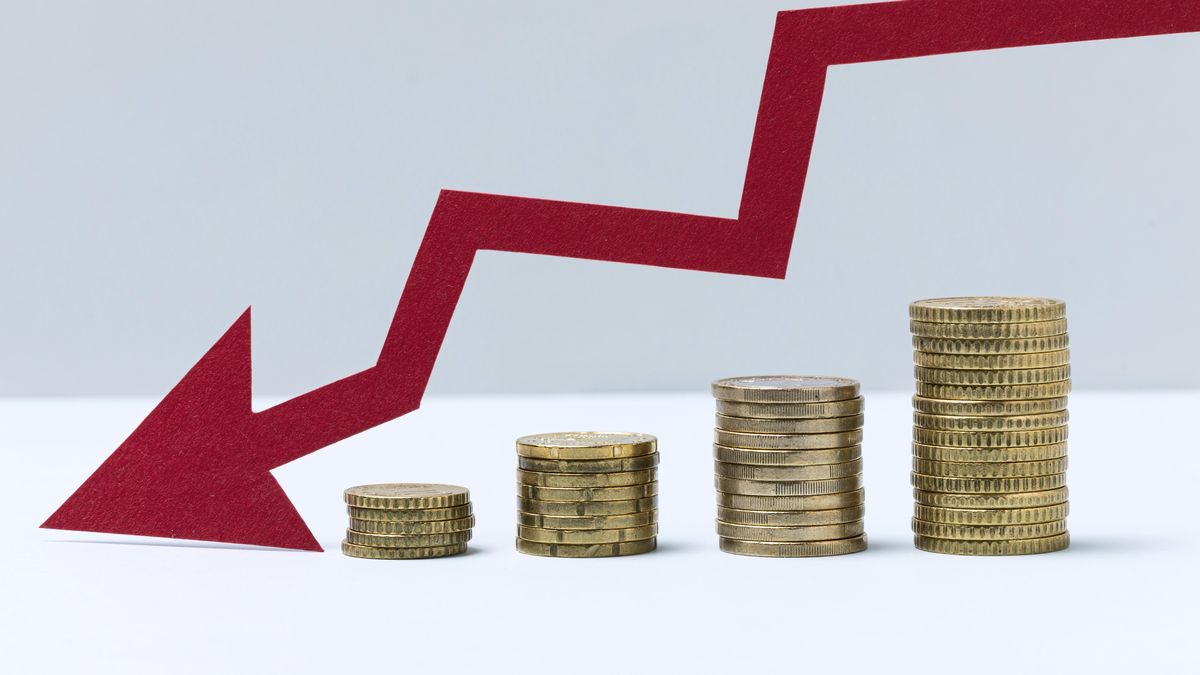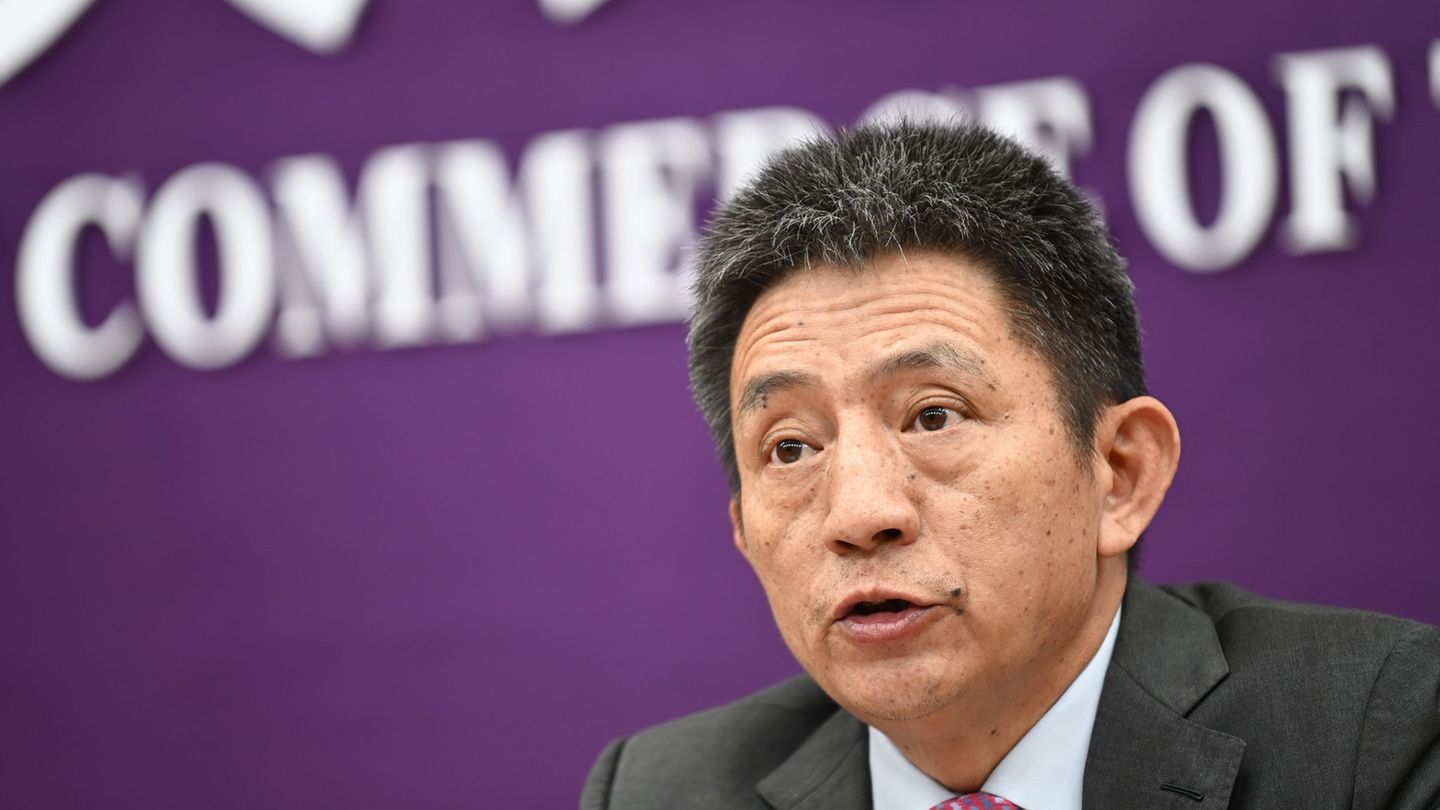He Ceres Leading Index (ILC) down 0.1% in the month of June, and broke a streak of five consecutive increases, which calls into question the sign of economic activity in Uruguay for the second semester of 2023.
The first half of the year came with positive signs for the Uruguayan economy based on the behavior of the ILC, unlike what had happened in the second half of 2022. However, with the June turnaroundand although it is still early to anticipate the behavior of the activity in the coming months —as the institute points out— concerns are set in that this year will end in a similar way to the previous one.
To calculate your Leading Index, the Center for the Study of Economic and Social Reality (Ceres) uses a set of variables that consider the internal panorama and the international context, which tend to change direction before the Gross Domestic Product (GDP) does.
Meanwhile, the Diffusion Index (ID) June —which considers the proportion of variables with positive rates— was 30%, a considerable reduction compared to the previous month (60%).
From Ceres they pointed out that, with the fall, economic activity failed to consolidate firm growth, despite the increase registered by “a good tourist season and greater internal consumption”. “The negative effects of historic drought that hit the agricultural sector will fall largely on the April-June quarter, and the negative data for June from the ILC questions the sign of the economy in the quarter”, they pointed out from the organization, also highlighting the fact that the projections for 2023 have been adjusted downward for months.
Likewise, the exchange difference with Argentina was indicated, once again, as one of the problems: “Beyond the drought and the problems of competitiveness that harm exports, the exchange differential with Argentina affects national consumption and trade and employment in departments border”. Added to this is the impact of the completion of PSU 2, the lower dynamism in employment in the central railway and the technical shutdown of the refinery Ancap, which represent bearish pressures for the activity.
The economy faces the consequences of the drought
In its March report, the Ceres Leading Index already warned that the effects of the worst drought of the century would be felt in the second half of the year.
In the June update, where these effects begin to be effectively recorded in the ILC, the center estimated that “revenues from exports of soy are less than 20% of the record of the past harvest”, while the area of the winter crops will be significantly reduced, especially for rapeseed.
Meanwhile, the cattle slaughter decreased again in June, and the meat chain shows low dynamism. Also the Industrial production contracted —in April, compared to the previous month— and the electric power consumption in May, both in the residential and industrial sectors. They also lowered the diesel and naphtha sales in May, compared to April.
In this scenario, the government adjusted the growth projections for this year from 2% to 1.3% of GDP; and raised the estimated fiscal deficit from 2.7% to 3.2%.
Source: Ambito




